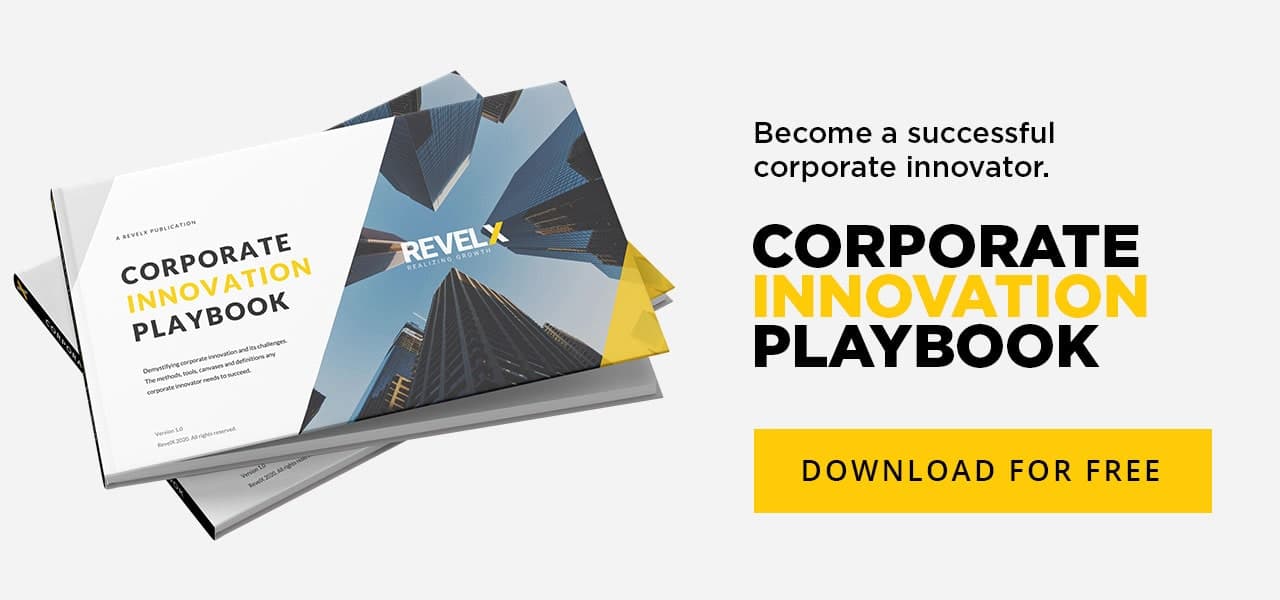Over the last year, I interviewed many CEOs of various international companies, large and small, profit and nonprofit, grownups, and scaleups in all sorts of industries. The leading question was always: “How do you organize your innovation most effectively?” The discussions were confidential, and content was often competitive and market sensitive. The results are short anonymous corporate stories. Honest and insightful. A great way to share knowledge and innovation experience.
OEM or supplier, for you to decide…?
An interview with the CIO of a high-tech equipment subcontractor
Company potential?
After one of my recent interviews, I was puzzled by the potential that I found within a company. A very successful supplier to the high-tech industry, that makes critical components for equipment manufacturers. They built to print and to spec including co-engineering on components. But within this almost €1 Bn company there is a hidden innovation gem called Projects. This is the story about potential, …or not?
Projects
Projects is a rather small department part of Technology & Development (over 300 engineers). Technology and Development assists clients and own factories. From Lab to Fab. Projects is our Lab environment focused on new and customized product lines. It is about contract engineering and prototyping. Mainly one-offs. Around 50% of our projects is completely new stuff that nobody has ever done before. We grow with 25% per year. Why? Because we are good at designing and building production machines from scratch. Our customers don’t have the knowledge and skills to develop and build their new tools and production lines, we do. We have built a good reputation and track record of first-time-right machines for many clients. Some people even call us “the whore of the industry”.
How do you make choices?
When a client comes to us you first need to get a good idea about the market and its opportunities. You also need to understand the business of your client. The underlying business models. Together with the knowledge of our company on materials, applications, machines etc… we make a first assessment.
Second a discussion starts at Projects for acceptance, planning, and resources including external parties that need to be involved. For example, we focus on 5-6 core technologies. It needs to tick our boxes. There are 7-8 project startups every year, with a total budget of €20-30M for the whole Projects department.
How does it work?
We work with a well-defined stage gated process. From basic concept to concept to specs, design, product, installation, and testing. All gates have their decision process with go/no-go’s. Until the concept phase we work with a fixed price contract. After that it becomes more customized. Per project we create a dedicated team. Preferred with dedicated resources, or else 50/50 shared with only one other project. The Lead developer is always one of our own people. The teams make use of trusted external other people in the ecosystem of the company.
Dependency
One of the greatest risks that I see today is that too much of our process depends on me. Off course this also says a lot about me, but we find it very difficult to try to commit more people from the company into our system. The Lab and the Fab are really two different worlds. I often take our people on a tour to encounter new and other business models. But that is obviously not enough. It takes more to win the hearts and souls of our technicians. We need more daring and entrepreneurial technical boys and girls. A competence qualification that almost seems like a contradiction.
OEM?
In potential, Projects could be big business. But we cannot afford to act as OEM. Then we become the competitor of our own customers and you put your current business at risk. It is also difficult to separate the enormous amount of reliable information we receive from customers from our own developments for an OEM business. We have tried this once. But with mixed success. The project was abandoned due to lack of (management and resource) support and some issues/fear from clients. It requires a different mindset of top management. You need to become pro-active and create in the white spots you detect scalable businesses. All in all, this requires a different business model with substantial investments in R&D, market research, IPR risks, etc. But you also must play an active role in patenting your innovations.
Intellectual property
Today we do not hold any IP. That sits with the customer, although we invented it. We grow with these customers from a one-off prototype to a pilot, then the second machine and at a certain point the customer wants to scale towards 5 or 10 machines. The IP and knowledge of the process and machine remains with the customer, but the general knowledge to build production lines is still our competence. If the customer becomes successful and scales up his business, we move the large orders to our volume factories (outside Projects).
Stick to the core
Projects is one of the innovation engines for growth. We remain a tier-1 equipment supplier and in that role, we grow every year together with our customers. They focus on all the specific OEM investments; we focus on investments in our manufacturing plants and associated engineering expertise that are the very best worldwide. And Projects?
So, we are exploiting two potential revenue streams: (a) volume production that scales along with large, new and existing customers and (b) from prototype to larger series that scales a lot and quickly with new markets and technologies.
The ‘how to’ topic accrued out of the feedback that we got from readers of the book I have written on innovation with my esteemed colleague Matthijs Rosman called ‘DARE, The Mindset for Successful Innovators in the Digital Age’.
The purpose of the interviews is to create a new publication as successor of DARE. Do you want to join the conversation? Feel free to contact me at eric@revelx.nl.
Eric de Groot
Boardroom strategist with unparalleled creative brainpower. Always focused on growth. Creates speed by combining business modeling with inventive pragmatic solutions. Invests in involvement over a sustained period.
Related posts
Step 1. Why every CEO should play the DisruptR game with their team
DisruptR Game for CEOs fosters strategic innovation. Learn…
June 22, 2025
Innovation governance: Why every CEO needs a Growth Board
Growth Board for CEOs is essential. Discover how this…
June 19, 2025
Why innovation belongs on the CEO agenda
Innovation on the CEO agenda is essential. Explore why…
June 16, 2025




